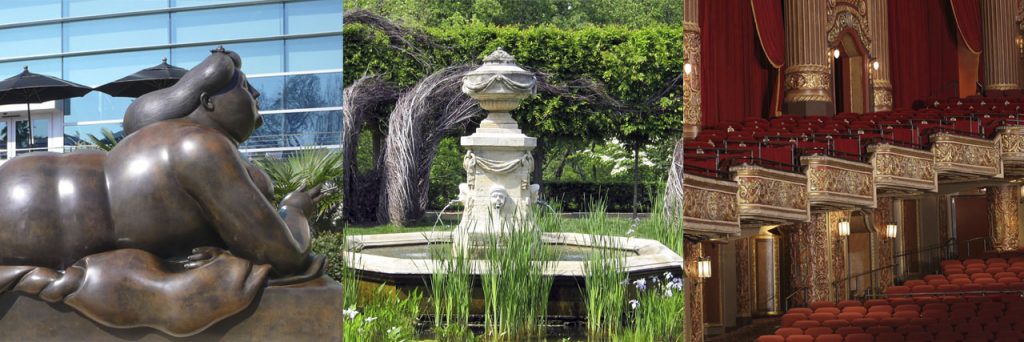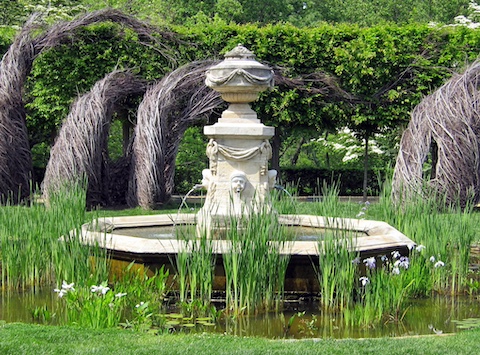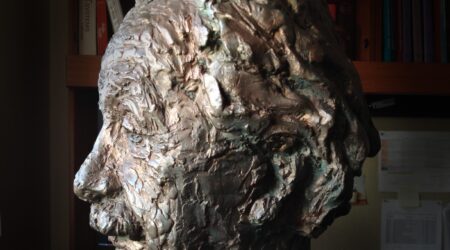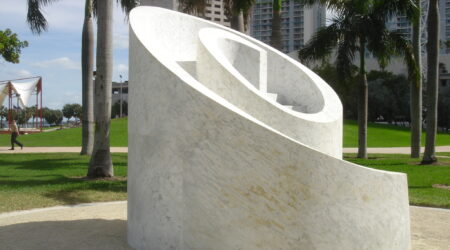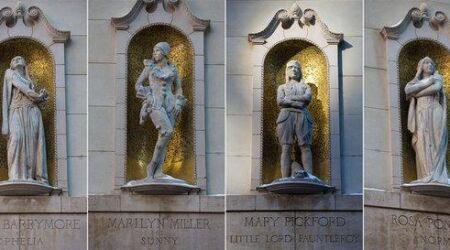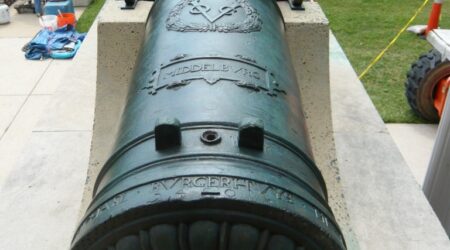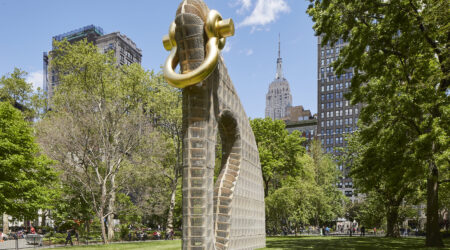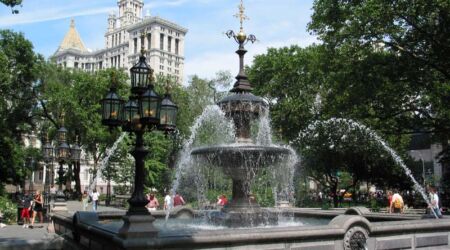“It has been said that, at its best, preservation engages the past in a conversation with the present over a mutual concern for the future.”
William Murtagh’s quote reminds us to celebrate America’s architectural icons, historic sites, artifacts, objects, and the diverse cultural heritage we share. These properties are irreplaceable, memorializing our triumphs and engaging us in reflecting on the realities of our past.
Historic preservation focuses on maintaining accessibility and usability of cultural assets, primarily involving the remediation of material deterioration based on the exposure to the environment and human activity. This effort often finds itself at the intersection of restoration and conservation. So, how do these approaches differ?
Conservation encompasses the protection and long-term preservation of culturally significant sites, structures, objects, or artifacts in the effort to retain them at their current state in time. This includes examination, documentation, treatment, and preventive care.
Restoration is the action of returning a property to a condition it had at a particular time in its history. This may involve removing evidence of other periods, making select changes to it in order to meet the requirements for continued or changed use, or recreating vanished or non-surviving portions.
Most projects cannot be easily categorized as either restoration or conservation. They often require carefully merging both approaches, sensibly navigating the “grey zone,” trying to preserve as much as possible of the historic materials and characteristics, while reviving their original glory.
Whether conservation or restoration, we approach every project with the expertise and perspective of a broad range of experienced professionals, including conservators, art historians, artists, designers, craftspeople, and construction experts—a multidisciplinary, collaborative effort has never failed to deliver award-winning results.
